Digestate Fibre – Current Uses, Future Potential, and Treatment Innovations
Fibrous digestate (also known as digestate fibre) is a byproduct of the anaerobic digestion (AD) process, where organic materials decompose in the absence of oxygen to produce biogas and a nutrient-rich residue.
It emerges in the form of a slurry of water with dissolved soluble organic chemicals and insoluble fibrous material. It may also contain inert particulates from grit to clay particles and contaminants from small traces of heavy metals
This fibrous material, often referred to as digestate fibre, contains undigested organic matter and nutrients such as nitrogen, phosphorus, and potassium.
As the global emphasis on renewable energy and sustainable waste management grows, digestate is increasingly recognized not merely as a waste product but as a valuable resource with untapped potential.
This article delves into the composition, current and future applications of fibrous digestate, the technologies employed in its treatment, and the promising developments for enhancing its usability and value.
Key Takeaways for Fibrous Biogas Digestate
- Current Use: Predominantly applied as a soil conditioner or fertilizer in agriculture.
- Emerging Potential: Innovations such as energy extraction from the biosolids, production,
- of advanced fertilizers, and material recovery from digestate are emerging as products on today's market and show promise for the future.
- Challenges: High operational costs, logistical issues, and market immaturity are barriers to wider adoption of enhanced fibrous digestate product sales techniques.
- Solutions: Advanced physical, thermal, biological, and chemical treatment technologies can unlock new markets and efficiencies.
What is Fibrous Digestate?
The material formed by anaerobically digesting biodegradable materials is known as digestate.
Digestate is a mixture of microbial biomass (generated during digestion) and undigested matter. The volume of digestate produced will be almost equal to the volume of feedstock, while the mass will normally be reduced by about 15%.
Digestate is ideally suited to be used as an organic fertiliser since it contains all of the nitrogen, phosphorous, and potassium found in the original feedstock.
The following are typical digestate nutrient levels; however, the actual nutrient content will vary greatly depending on the type of feedstock processed (Chambers, 2011).
Typical Nutrient Levels in Fibrous Digestate
| Nutrient | Amount (kg/tonne) |
|---|---|
| Nitrogen | 2.3–4.2 |
| Phosphorus | 0.2–1.5 |
| Potassium | 1.3–5.2 |
(Source: NNFCC, 2012)
The link between the quality of the feedstock and the quality of the digestate must be taken into account.
Any pollutants in the feedstock will remain in the digestate since it will contain any material that has not biodegraded and turned into biogas during the process.
A high-quality, well-prepared feedstock will yield a high-quality digestate, whereas a low-quality feedstock will provide a low-quality digestate.
Fibrous digestate, also known as digestate fibre, is the solid fraction of digestate separated after anaerobic digestion. It comprises mainly cellulose, hemicellulose, lignin, and residual nutrients from the feedstock.
Current Applications
Agricultural Fertilizer
Fibrous digestate is most commonly used as a soil conditioner or organic fertilizer. It enriches soil with nutrients and organic matter, improving its water retention and structure.
Land Restoration
The fibrous fraction is applied in land reclamation projects, particularly for restoring degraded soils or industrial lands.
Composting
Co-composting digestate with materials like wood chips or green waste yields stabilized compost with a balanced carbon-to-nitrogen ratio.
Future Applications
Biofuel Production
Emerging technologies can convert digestate into biofuels, such as ethanol or syngas, through processes like hydrolysis and fermentation.
Material Recovery
Innovations in chemical recovery are making it possible to extract valuable nutrients like phosphorus (e.g., as struvite) and ammonia for fertilizer production.
Advanced Fertilizer Products
Thermal and chemical treatments can create pelletized, nutrient-rich fertilizers tailored for specific agricultural applications.
Digestate Treatment Techniques
Physical Methods
- Thickening and Dewatering: Reduces water content, improving transport efficiency and enabling further treatment.
- Techniques: Modern screw press separators (from companies like Borger) have become standard and dominate the market. Belt presses, and centrifuges may still be used.
- Outcome: Achieves solids content >18%.
- Purification: Uses ultrafiltration and reverse osmosis to separate contaminants and produce concentrated fertilizers.
Biological Methods
- Composting: Aerobic breakdown reduces pathogens and stabilizes the material.
- Biofuel Production: Digestate liquor can feed algal bioreactors for biofuel generation.
- Very Long Retention Reed Beds: Employ natural evapotranspiration and chemical processes for dewatering sanitization, and eventually treatment for watercourse discharge.
Thermal Methods
- Drying: Reduces moisture to <2%, producing a transportable and storable product.
- Incineration and Pyrolysis: Converts fibrous digestate into energy or biochar.
Chemical Methods
- Struvite Precipitation: Recovers phosphorus and ammonium as a solid fertilizer.
- Ammonia Recovery: Produces ammonium sulfate or nitrate for agricultural use.
- CCm Digestate Process: CCm uses CO2 to react with ammonia, forming stable nitrogen molecules that are then used to improve nutritional content in fertiliser. Stabilised ammonia offers numerous benefits, including increased agricultural growth. Because of the stable state of the digestate fibre pellets, the ammonia in CCm's fertiliser causes less leaching and volatilisation.
Why Enhancement is Crucial
The use of biogas digesters for the treatment of sewage sludge with the benefit of generation of renewable energy is now well on its way to becoming the standard practice in the United Kingdom, and a number of other nations.
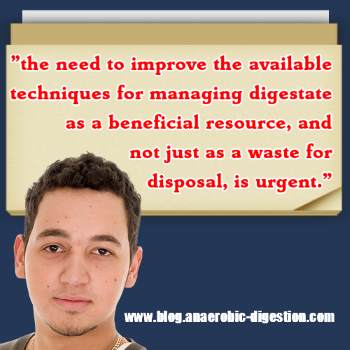 However, the use of biogas digesters for organic wastes from other sources such as food waste has much less of a proven track record. In fact, as recently as 2011 there were concerns that wholly food waste fed anaerobic digestion plants might not be viable in the long term due to process instability problems.
However, the use of biogas digesters for organic wastes from other sources such as food waste has much less of a proven track record. In fact, as recently as 2011 there were concerns that wholly food waste fed anaerobic digestion plants might not be viable in the long term due to process instability problems.
This perceived barrier has been removed by the results of research by the University of Southampton, but this example just goes to show how recently the research was all about whether this type of biogas digester would work reliably. Wind the clock forward to today, no more than 2 to 3 years afterwards, and many food waste AD plants have already been commissioned.
The end result has been that there has been very little research work done on digestate enhancement when compared with other aspects of biogas production.
Comparative Table of Enhancement Methods
| Method | Key Benefit | Example Technology |
|---|---|---|
| Physical | Volume reduction | Centrifuges, Belt Press |
| Biological | Pathogen reduction | Composting, Reed Beds |
| Thermal | Nutrient concentration | Thermal Dryers, Pyrolysis |
| Chemical | Nutrient recovery | Struvite Precipitation |
However, 90 to 95% of the original feed material re-appears as digestate from the digester, and if the digester is running correctly the mass reduction is simply the mass of the biogas produced.
How any AD Plant handles digestate is therefore of huge significance to plant operation and to the economic viability of each plant.
Economic Viability
Enhanced digestate products, such as high-value fertilizers, can offset the operational costs of anaerobic digestion facilities.
Environmental Benefits
- Reduces reliance on synthetic fertilizers, lowering carbon footprints.
- Prevents nutrient runoff, safeguarding water bodies.
The following are the main goals of digestate enhancing procedures:
- boost the digestate's value
- to develop new markets for digestate-based products
- lessen reliance on land-based applications
- Ensure that digestate products have more secure and long-term outlets
- The facility's overall operating costs could be reduced.
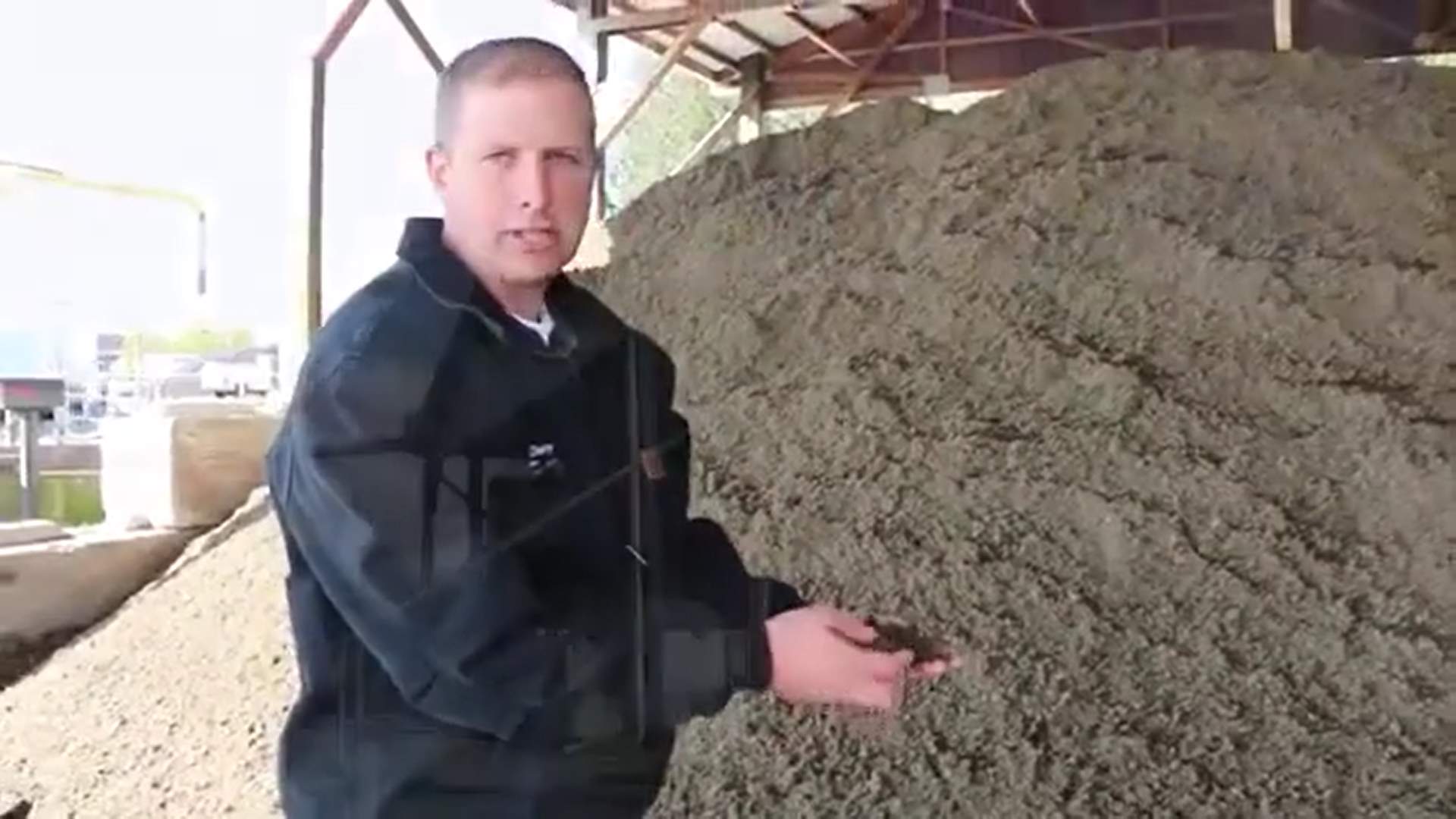
Fibrous Digestate Fertiliser Research Developments and Market Growth
Improving digestate quality is opening up new markets beyond agriculture, including bioenergy and industrial material recovery.
CCm is a leader in advanced digestate fibre fertilisers and the following announcement shows that their business is obtaining investment and expanding rapidly:
CCm Technologies Secures Multi-Million Pound Backing for Ultra-Low Carbon Fertiliser Technology
Published: September 23, 2024
Swindon-based Cleantech Leader Raises £8 Million in Series B Funding
CCm Technologies, a manufacturer of innovative, ultra-low carbon fertilisers headquartered in Wiltshire, UK, has secured a significant investment of £8 million in a Series B funding round. This funding surge will fuel the company's continued growth and drive towards decarbonizing agricultural processes.
The investment round was led by Frontier Agriculture, a major player in crop production. Adjuvo, a prominent angel investment network comprised of successful entrepreneurs and business figures, also participated in the funding.

Pioneering Sustainable Fertilisers with Global Reach
Founded in 2011, CCm has established itself as a leader in sustainable agriculture. Their patented technology facilitates the production of a “new generation” of fertilisers with minimal carbon footprint. This innovation has been recognized and protected through patents in over 60 countries worldwide.
CCm's reach extends beyond the agricultural sector, with a diverse client base spanning five key industries:
- Food Manufacturing
- Retail
- Water
- Oil and Gas
Prestigious brands such as Nestle, PepsiCo, Severn Trent, and Tesco are among the many companies leveraging CCm's eco-friendly approach to fertilisation.
Accelerating Decarbonisation in Agriculture
This recent funding brings CCm's total capital raised to £18 million, highlighting the growing investor confidence surrounding their mission to decarbonize agricultural processes. The Series B round valued the company at just over £60 million.
Pawel Kisielewski, CCm's co-founder and CEO, emphasizes the urgency of addressing the environmental impact of traditional fertilisers. Research indicates that carbon emissions from synthetic fertilisers and manure surpass those of aviation and shipping combined.
“This data underscores the critical need for alternative, ultra-low carbon fertilisers,” Kisielewski states. “Furthermore, with the UK and EU currently importing over 60% of essential plant nutrients, this challenge intersects with matters of food security and geopolitical concerns.”
This significant investment paves the way for CCm to continue revolutionizing the agricultural landscape with their innovative, sustainable fertiliser solutions.
Promising Ideas for Development
- Integrated Systems: Combining thickening, drying, and nutrient recovery to create marketable products like pellets or liquid fertilizers.
- Biochar Applications: Expanding the use of pyrolysis-derived biochar in agriculture and construction.
- Circular Systems: Developing closed-loop solutions where nutrients are fully recycled within local economies.
Barriers to Fibrous Digestate Utilisation
The main barriers in the UK, which are preventing the general adoption of these digestate improving methods are thought to probably include:
“the current cost of installation, as well as the operational costs associated with the technologies
the relatively low value of digestate products; and the associated cost of developing outlets or markets for digestate products.”
The research study concluded that presently there is a wide range of choices readily available for digestate treatment and recovery. Nevertheless, the most significant obstacle in the UK is the existing expense of setup, and the ongoing running costs, related to these innovative technological applications.
Eventually, the type of treatment employed to provide the most economic recovery path will certainly depend upon a number of factors, including whether it's a Liquid or a Fibrous Biogas Digestate.
Plus, the level of enhancement desired/ needed, and the available markets for digestate products and the accessibility of land-spreading markets.
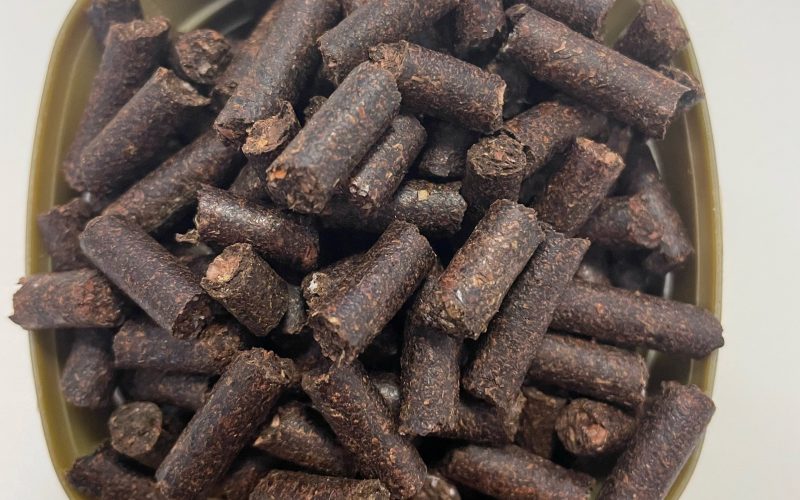
Conclusion – Fibrous Digestate
Fibrous digestate represents a critical frontier in sustainable waste management and resource recovery. While current applications focus on agriculture, innovative treatment and enhancement techniques hold the promise of unlocking its full potential in diverse markets.
Overcoming challenges related to cost and technology adoption will be key to realizing its future impact.
The authors point out that all digestate treatment systems will be very site-specific, with no single system which will be optimal for all digester sites. Usually, the listed technologies will be used in combination, rather than individually.
FAQs
1. What is fibrous digestate used for today?
It is mainly used as an agricultural fertilizer, soil conditioner, or in land reclamation projects.
2. Why is digestate enhancement necessary?
Enhancement improves the economic value, environmental safety, and marketability of digestate, reducing its reliance on land-based applications.
3. What technologies are used to treat fibrous digestate?
Key techniques include thickening, dewatering, thermal drying, composting, and chemical recovery processes.
4. Can digestate be turned into energy?
Yes, processes like pyrolysis and gasification can convert fibrous digestate into biochar or syngas for energy recovery.
5. What are the challenges in using digestate?
High treatment costs, transportation logistics, and regulatory constraints limit its broader adoption.
6. How can digestate contribute to a circular economy?
By recycling nutrients and organic matter into fertilizers, biofuels, and other valuable products, digestate supports resource efficiency and sustainability.
Source: This article was originally based upon an article in the CIWM Magazine (June 2013 edition) by Pell Frischmann Consultants, who during 2012 completed an extensive desk-top study on digestate enhancement and treatment techniques for WRAP.
[This article was first published in December 2014. Updated August 2021. Updated November 2024.]


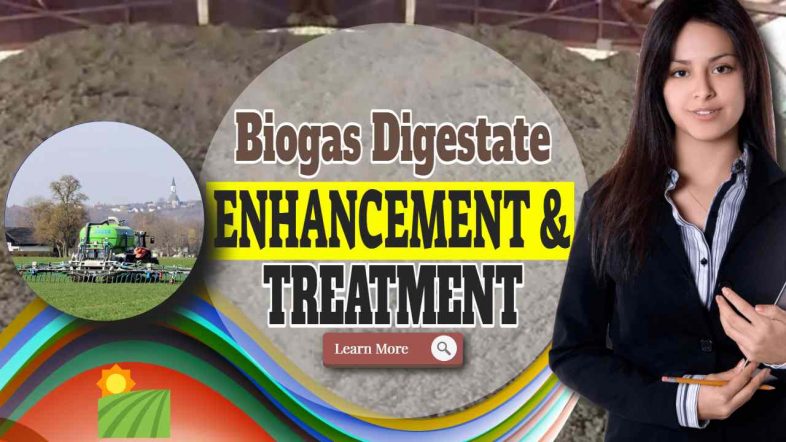
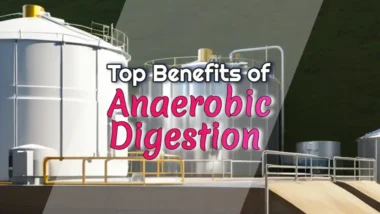
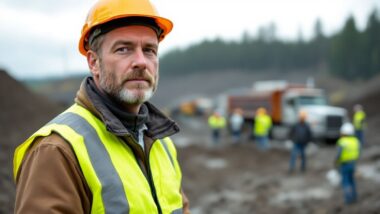

Hello everybody. Is fibre available for sale anywhere?